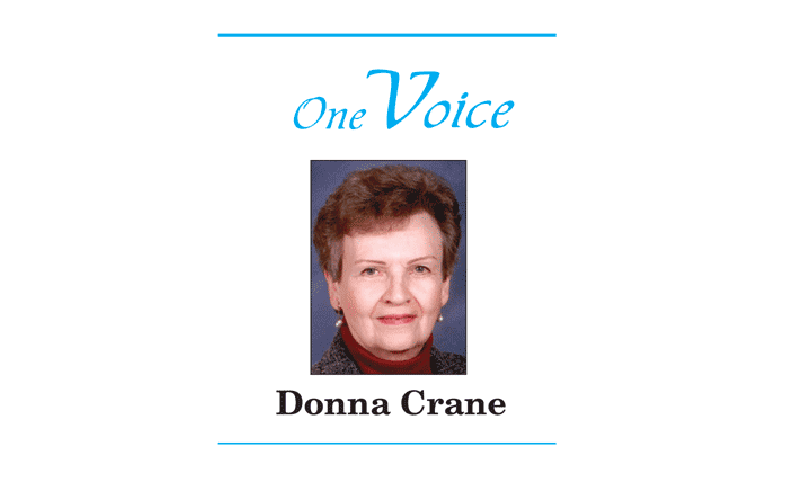
Last of two parts (click here for part 1)
The article in Mother Nature Network (MNN) written by Tom Oder, entitled: “How to save nature, one backyard at a time,” continues.
“The project gives homeowners a place to learn about wildlife landscaping without incurring major expenses such as the cost of hiring a landscape designer. Special smart tools, such as the Local Resources page, provide access to the expertise and resources you will need to create your own sustainable habitat, taking into consideration everything from the tiniest insects to the largest existing trees or those you want to plant.
“Creating a wildlife habitat from a typical yard is a journey,” said project leader Rhiannon Crain. “It isn’t something that happens overnight. Habitat Network is meant to help people start that journey, and support them as they make decisions about changes along the way. It is a tool for recording those changes as they happen. This becomes data for our scientists who have questions about how well yards can act as safe habitat for birds.”
“You begin by using simple drawing tools to create a map of your entire property, including hardscapes, such as buildings and driveways, and existing vegetation. Because the map is interactive, if you’re uncertain what type of tree or shrub is already on the property you can post a photo of it and see if a Lab of Ornithology scientist or another user can identify it. Then, the fun starts.
“You can browse other people’s maps, including carefully-selected featured sites to start planning your own changes. You can look up local experts using the ZIPcode-based local resources tool, find nurseries that carry native plants, talk to others, and even link-up to eBird, a bird monitoring project to start recording the birds you see in your yard. Then, over time, as you change your yard (for example by planting a new native, decreasing the size of your lawn, or putting up a new bird bath), you can return to Habitat Network to edit your map.
“The scope is not limited to home landscapes. It can be used to create natural areas at neighborhood schools, around office buildings, or in public areas. “The project is really catching on,” Crain said. “We’ve had more than 20,000 people create accounts and there are almost 12,000 maps in our database. New users certainly won’t be alone, there is a whole quiet revolution going on in people’s yards, and we want to document it, share it, and make sure everyone is invited to the party.”
“Choosing plants carefully. Asclepias tuberosa, aka ‘butterfly weed,’ is an important resource for monarch butterflies in North America. And where there are butterflies, there are likely to be caterpillars.
“As you choose plants for your landscape, Tallamy suggests keeping the lawn as small as possible. Essentially, he said, decide where your traffic areas are for walking through your yard and turn everything else into natural areas. In those areas, he suggests planting in vertical layers beginning with a floor of ground covers, moving up to woody shrubs that keep their stems in the Winter and then on to a ceiling of trees and their overhanging branches.
“And he said, don’t make a mistake he often sees in residential landscapes. ‘Most people think the plants you need to attract birds are only plants that produce seeds and berries,’ he said. That’s not the case.
“‘Insects are such specialists,’ he said, ‘that 90 percent of them will only eat and reproduce on plants with which they have an evolutionary history.” He cites milkweed, red cedar, junipers, sycamores, beeches, and oaks as examples. ‘This specialization is a curse because we are eliminating these plants from our landscapes.’
“‘Another mistake is planting with non-natives. ‘You’ll actually starve birds by filling your landscape with plants such as crape myrtles,’ Tallamy said, pointing out these flowering trees are native to the Indian subcontinent, Southeast Asia, and parts of Australia and do not support the caterpillars that sustain local food webs.
“Tallamy is a realist and accepts that homeowners aren’t going to limit plant selection for their landscapes to just natives. ‘You can still have crape myrtles,’ he said. ‘But if 80% of your woody plants are Asian introductions, you’re not playing the game. Homeowners need to accept that their property is part of a local ecosystem and each of us has to accept that we have a role to play.’
“When we do that, Tallamy believes, our neighbors will not only take notice but take action. When the neighbors follow our lead, then the thinking is that communities can create the type of connected ecosystems that are possible when one backyard after another is converted into a natural habitat.
“‘Homeowners need to create natural areas in their yards not because natives give us a sense of place, or because they are prettier, or for nostalgic reasons, or because we oppose change or because we don’t like foreigners,’ Tallamy said. ‘We need to plant natives because they create a functioning ecosystem.’
“If you embrace Tallamy’s concept, how can you tell if you’re succeeding in making a positive impact? It’s when you stop thinking of holes in leaves as insect damage, Tallamy said. Or, when you see fireflies in the evening. Or you see a female chickadee building her nest,” Oder wrote.

